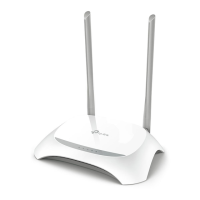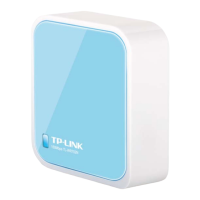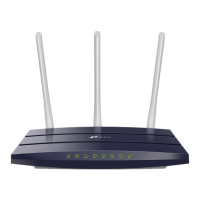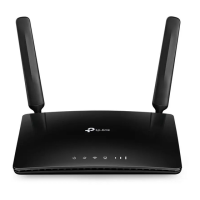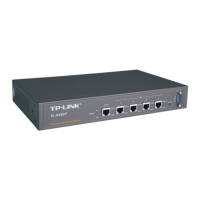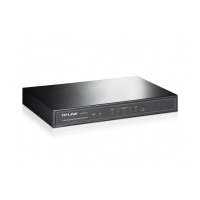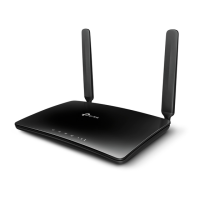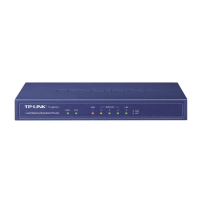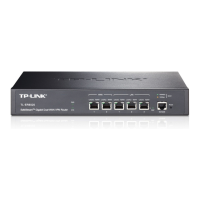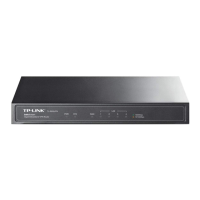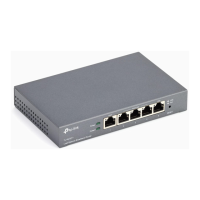MTU Size - The normal MTU (Maximum Transmission Unit) value for most Ethernet networks
is 1480 Bytes. For some ISPs, you may need to modify the MTU. But this is rarely required,
and should not be done unless you are sure it is necessary for your ISP connection.
If your ISP gives you one or two DNS IPv6 addresses, select Use the following IPv6 DNS
Servers and enter the Primary IPv6 DNS and Secondary IPv6 DNS into the correct fields.
Otherwise, the DNS servers will be assigned from ISP dynamically.
Primary IPv6 DNS - Enter the DNS IPv6 address in dotted-decimal notation provided by your
ISP.
Secondary IPv6 DNS - Enter another DNS IPv6 address in dotted-decimal notation provided
by your ISP.
Address Autoconfiguration Type- RADVD (Router Advertisement Daemon) and DHCPv6
(Dynamic Host Configuration Protocol for IPv6) Server.
Site Prefix Configuration Type - The type of IPv6 address prefix.
• Delegated - Get the IPv6 address prefix from the ISP automatically, and the device will
delegate it to the LAN.
• Static - Configure the Site Prefix and Site Prefix Length manually. Please contact your
ISP to get more information before you configure them.
LAN IPv6 Address - Display the LAN IPv6 address created by the device.
Click the Save button to save your settings.
4.18 System Tools
Choose menu “System Tools”, and you can see the submenus under the main menu: Time
Settings, Diagnostic, Firmware Upgrade, Factory Defaults, Backup & Restore, Reboot,
Password, System Log and Statistics. Click any of them, and you will be able to configure the
corresponding function. The detailed explanations for each submenu are provided below.
-86-
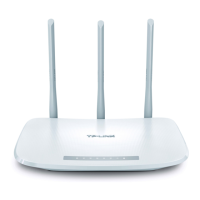
